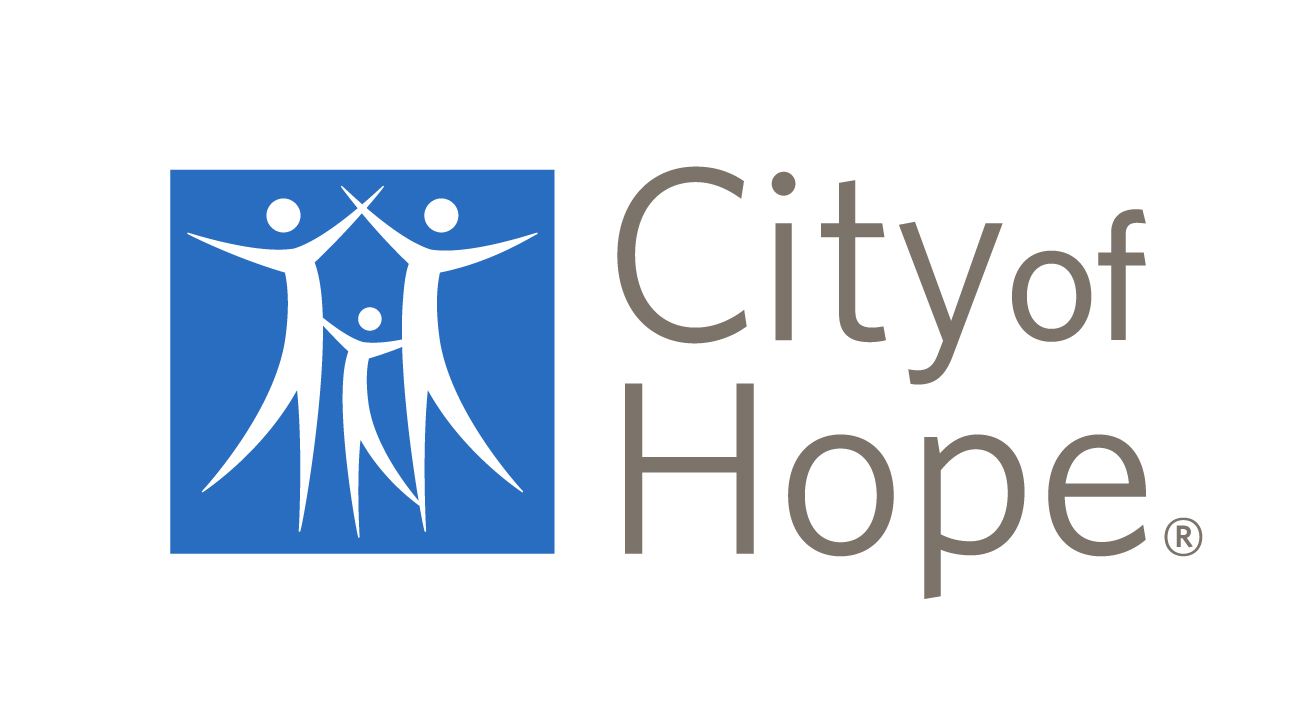- Advertise
- About OncLive
- Editorial Board
- MJH Life Sciences brands
- Contact Us
- Privacy
- Terms & Conditions
- Do Not Sell My Information
2 Clarke Drive
Suite 100
Cranbury, NJ 08512
© 2025 MJH Life Sciences™ and OncLive - Clinical Oncology News, Cancer Expert Insights. All rights reserved.
Dr. Villalona-Calero on KB-0742 in Solid Tumors and NHL
Miguel Villalona-Calero, MD, discusses the unique mechanism of action of the CDK9 inhibitor KB-0742 in patients with relapsed/refractory solid tumors or non-Hodgkin lymphoma.
Miguel Villalona-Calero, MD, director, Early Phase Therapeutics Program, co-program leader, Developmental Cancer Therapeutics Program, professor, Department of Medical Oncology & Therapeutics Research, City of Hope, discusses the unique mechanism of action of the CDK9 inhibitor KB-0742 in patients with relapsed/refractory solid tumors or non-Hodgkin lymphoma (NHL).
KB-0742 is under investigation in a phase 1 dose-escalation and -expansion trial (NCT04718675) that is currently enrolling patients with relapsed/refractory NHL or solid tumors, including triple-negative breast cancer (TNBC), non–small cell lung cancer, epithelial ovarian cancer, or sarcoma. In part 1, the dose-escalation part, patients will receive escalating doses of KB-0742 to identify the maximum tolerated dose. In part 2, the cohort expansion part, cohort A will enroll patients with relapsed/refractory solid tumors with MYC amplification or overexpression. Cohort B will enroll patients with relapsed/refractory small cell lung cancer and soft tissue sarcomas with transcription factor dysregulation.
As KB-0742 is an oral agent, it may support positive quality of life outcomes, since many patients prefer this administration method over others, Villalona-Calero says. Another potential benefit of KB-0742 is its long half-life, Villalona-Calero notes. Some agents must be given at higher doses over shorter periods of time so they can hit their targets, Villalona-Calero explains. However, these agents are often not as potent as they need to be and thus can cause unnecessary or toxic off-target effects, Villalona-Calero emphasizes. Along with their limited target action, some agents only downregulate their targets for a short time, Villalona-Calero says.
Preclinical data have shown that KB-0742 has a long half-life and therefore stays on and interacts with its target longer than other agents, Villalona-Calero explains. For instance, 1 preclinical study of KB-0742 showed correlations between tumor growth inhibition and MYC expression or amplification and demonstrated maximal inhibition rates of 100% and 89% in 2 TNBC patient-derived organoids. KB-0742 is also a more selective agent, causing fewer off-target effects compared with other agents, Villalona-Calero concludes.


